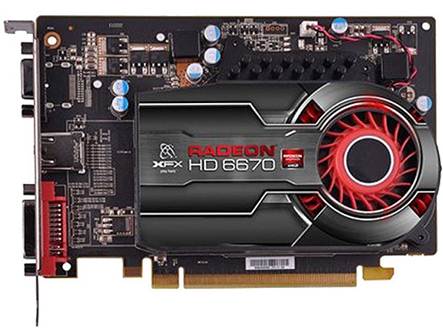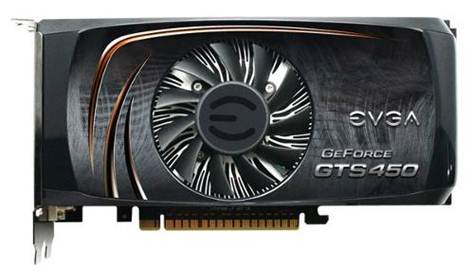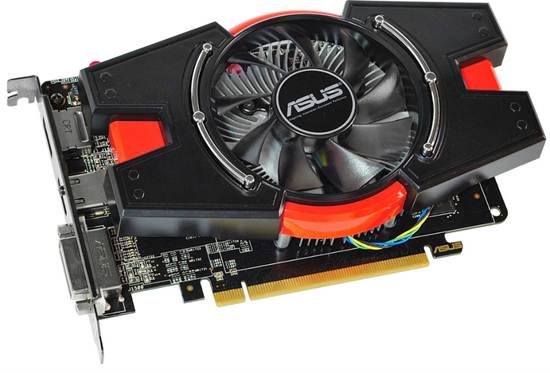How can you tell which graphics card will
suit you best? Here, we examine various models to find out
If you want to play the latest games,
there's no getting around the fact that your system needs a graphics card. But
if you're not up to date with the latest cards, choosing one can be a nightmare
of technological acronyms, model numbers that don't appear to follow any logic
and competing manufacturers with their own advantages and disadvantages.
And harder still is the moment where you
have to decide where your cut-off point is. As with processors, you can spend
anything from tens to hundreds of pounds on a graphics card, and the more you
spend the better they perform. Eventually, you have to sacrifice performance for
price just so you don't end up broke and, indeed, so that you can afford the
rest of your hardware!
That's why we've broken down this graphics
card guide by price. All you have to do is choose how much you want to spend,
and we can tell you the best card available within that price bracket.
Under $112: Radeon HD 6670
Probably the cheapest card worth buying is
the Radeon HD 6670. Priced between $88 and $104 depending on the specific
model, the card comes in 1GB and 2GB varieties and has been burning up the
lower end of the charts since last year. It's unquestionably entry-level, and
while that means it isn't going to run games at full detail, it does come with
its own benefits.

Radeon
HD 6670
For example, it's classed as a low-power
card and doesn't require its own power supply That helps to keep your case's
internal temperature and your running costs down. You still get DirectX 11
support, and reasonable resolutions aren't going to be out of reach although if
you have a 1920x1080 monitor, you might struggle to run in games in its native
resolution.
Still, not every gamer has a
nuclear-powered PC with five monitors. Tellingly, even a graphics card this
cheap is substantially better than the Intel HD Graphics 4000 GPU that Ivy
Bridge chips have. Especially if you have an older system that you want to
hammer some extra life into, the Radeon HD 6670 is perfect, but if you're
running a system with an HD monitor and a half-decent processor, do yourself a
favor and spend a bit more.
Under $160: GeForce GTS 450
When you're poking around at the budget end
of the market, there's a clear divide between AMD's fairly powered cards and
NVidia's somewhat struggling performance. It's a divide that doesn't exist in
more expensive cards, but it means anyone looking for a sub-$160 card will have
better luck with AMD models.

GeForce
GTS 450
That said, if you're set on an NVidia card
for any particular reason, the GeForce GTS 450 is a fairly decent card that
currently costs between $120 - $136 and despite being two years old, it can
compete with modern technology on performance and price.
Because it's NVidia, it has proprietary
extras like 3D Vision and PhysX, but even though it's DX11 compatible, its
slightly outdated architecture means its performance there isn't entirely comparable
to modern cards, hence the low price.
Even so, it's still a solid performer and
even though you can't expect to run games in full HD using cards of this power,
you can easily squeeze resolutions of 1680x1050 (if not much larger) out of it.
The Gainward-manufactured model appears to be the cheapest, and for a card this
old, that should be your primary requirement.
Under $160: Radeon HD 7750
The Radeon HD7750 is a little more
expensive than the GTS450, but you can still find it for around $120 - $136. It's
based on AMD's latest architecture, so you could be forgiven for wondering what
corners AMD has cut in order to make it so cheap. The answer is a surprisingly
encouraging 'not much'. Sure, it won't out-perform the best cards on the
market, and even overclocked it's not going to blow you away but there's a lot
to love.

Radeon
HD 7750
As with the Radeon HD 6670, it's pleasingly
economical on power, taking all that it needs from the PCI bus, and it has the
best performance of any card without a separate power supply Like all AMD
cards, it can shut down unused cores to save power when not in use, and it's
also faster than its closest NVidia equivalent, the GTX 550 Ti.
Of the available models, VTX3D's is the
cheapest, but Sapphire's specially engineered 'silent' version of the card will
undoubtedly appeal to people who want a gaming PC that doesn't sound like it's
preparing for lift off. Whichever model you go for, the Radeon HD 7750 is
particularly well-suited for low-power and compact gaming PCs, but for a
serious gaming PC, you should definitely pay more.